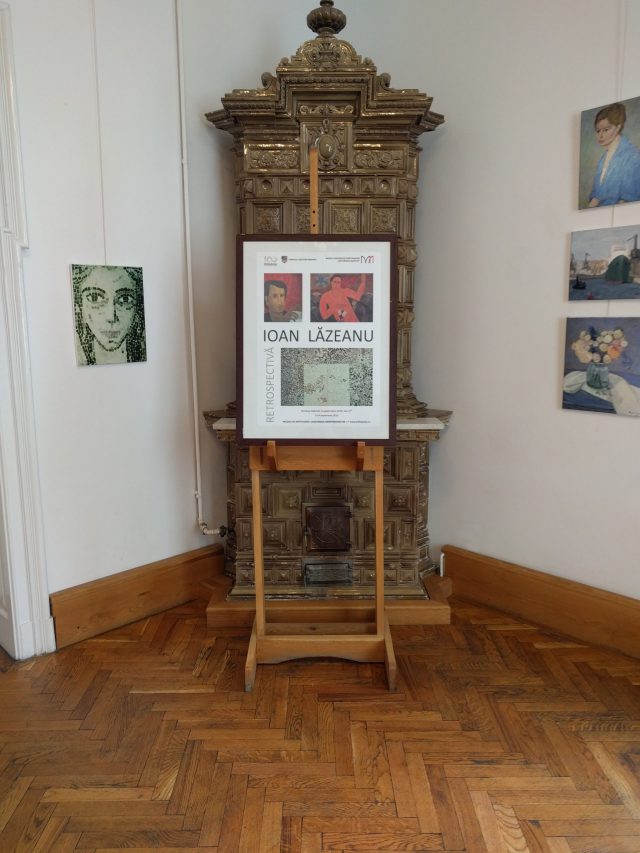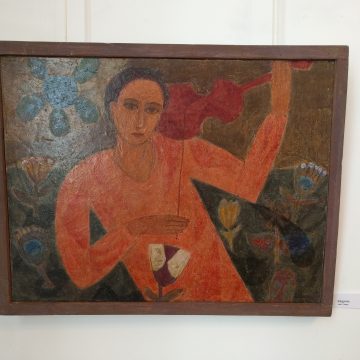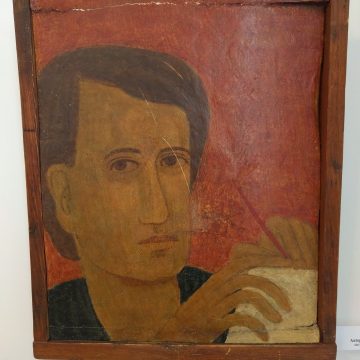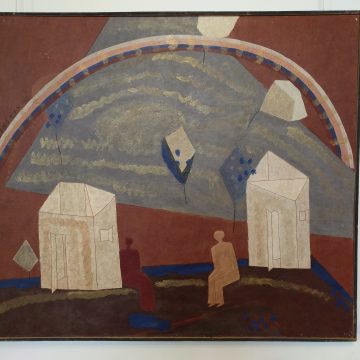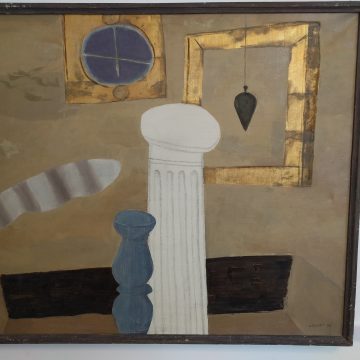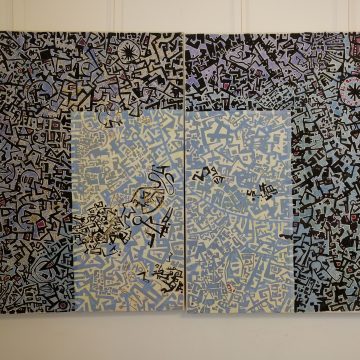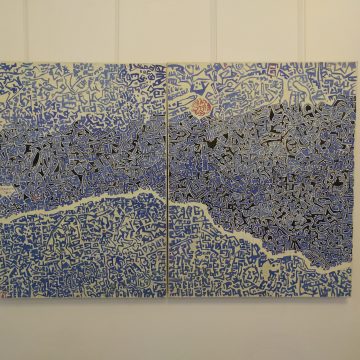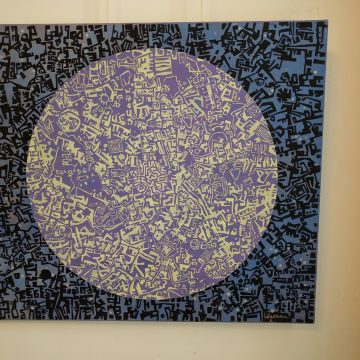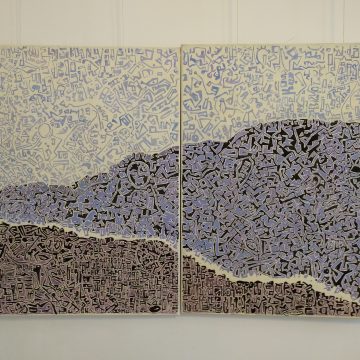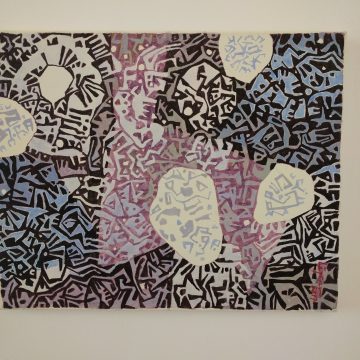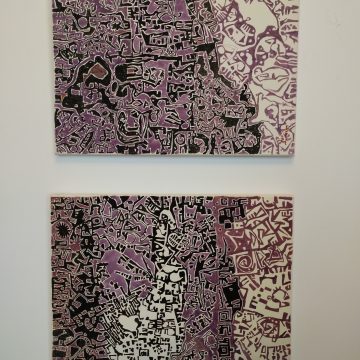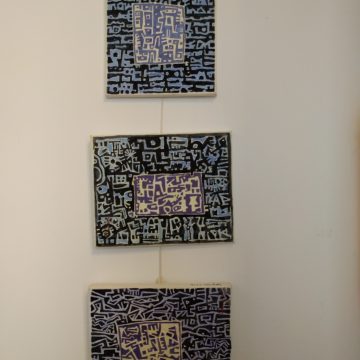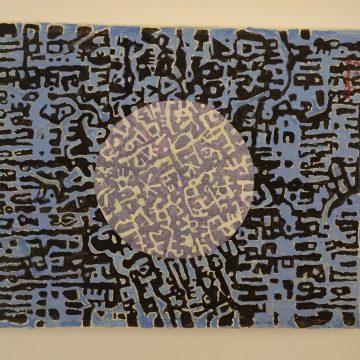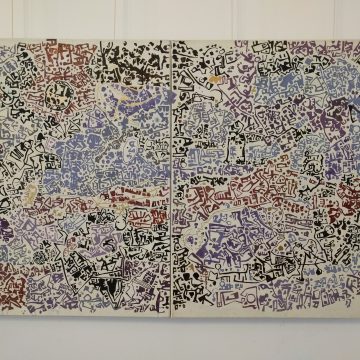How do artists handle social and political change? Particularly when the changes lead to suppression of individuality, potential prison for disobeying the rules set by the state and heavy censorship? Does the work of art ultimately suffers and resists or fully succumbs to the political masters of the day becoming insignificant in its presence?
Born and bread in Ploiesti, a petrol boom region in the 30s and 40s, Ion Lazeanu as painter was the product of the dictatorship of the proletariat in the 50s and 60 Romania. The new socialist state glorified the new man, the modern man, the genderless man that is socially responsible an uses science and technology to achieve his/her goals. That generally represented the aspirations to be portrayed by the socialist art as a whole, in a city that saw massive state industrialisation, the implementation of free education, free medical care and the abolition of the slums.
At the height of socialisms in the 70s, Lazeanu took the short openness towards the West as a chance to emigrate to Germany, to the free(er) world, where he continued his activity in the same vein with the consequence of remaining more anonymous in Romania – since his art could now be labelled decadent – than he really deserved.
All these reflected in his work.


